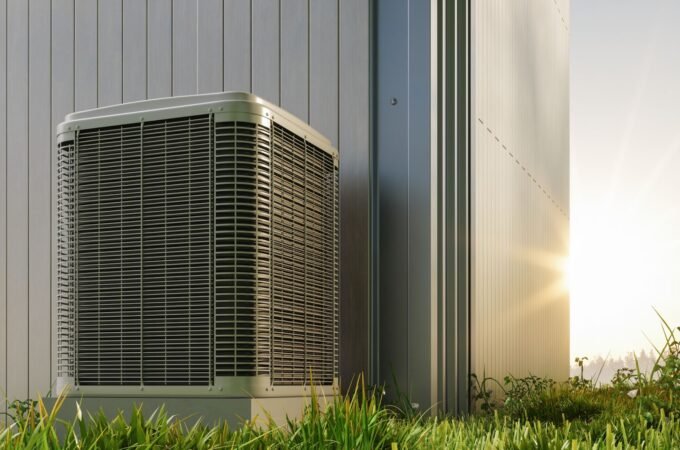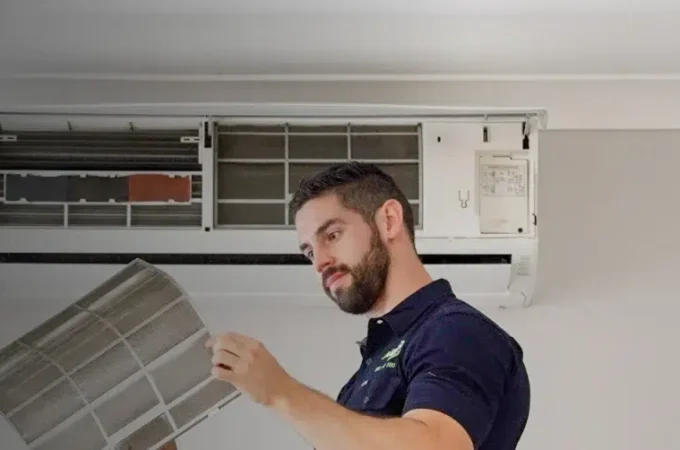
When Should You Replace Ceiling Drywall?
Drywall is one of the most popular materials used for ceilings in homes and businesses. Drywall is a thin, flat panel of gypsum board that is used to create walls and ceilings. It is most commonly used in residential and commercial construction because it is inexpensive, easy to install, and provides a smooth, even finish. It is made from gypsum boards that are cut to size and then secured in place with special drywall screws. However, even if you take good care of your home and your ceiling, you may find that your drywall becomes damaged or is in poor condition. If you’re in need of advice, keep reading to find out when you should replace your ceiling drywall.

When should you replace your ceiling drywall?
Ceiling drywall can become damaged over time due to water damage, pests, and a wide range of other issues. In some cases, removing ceiling drywall and replacing it with a new layer of drywall may be necessary. The first step in determining if you should replace your ceiling drywall is to inspect for any signs of water damage or pest infestation. Water damage may include discolored patches on the wall, peeling paint, or bubbling wallpaper. If either of these conditions is present then you should definitely replace your drywall immediately.
Another factor that should be taken into account when considering replacement is age; older homes often need more frequent repairs than newer ones do and this applies also when looking at ceilings as well as other parts of your house’s structure. As time passes by moisture can seep into walls which weakens them significantly so it might be worth taking a look every few years just in case there’s been any deterioration over time that needs addressing sooner rather than later before something worse happens down the line like an unstable roof above you!
Aesthetically speaking, if you find yourself unhappy with how your current ceiling looks either due to fading paint or outdated wallpaper then replacing your existing ceiling drywall may help add some life back into the room and give it an updated look. New drywall could even raise the value of your home.
How else can you take better care of your home?
Now that you know when you need to start thinking about replacing your drywall, let’s talk about some other ways you can take better care of your home. For example, many homeowners don’t even think about their indoor air quality, but they should. Indoor air pollution has been linked to serious health conditions, including coronary artery disease, emphysema, respiratory infections, and strokes. You can improve your home’s indoor air quality by using a vacuum with a HEPA filter and buying an air purifier to eliminate allergens and contaminants.
You need to check the condition of your home’s windows on a regular basis as well. This is because cracks and crevices in your windows can create air leaks, which let in outdoor air, moisture, and pests, in addition to creating safety risks. If you notice any flaws or imperfections, you should seal them with caulk or weatherstripping as soon as possible so their condition doesn’t deteriorate further. If you find that they are severely damaged, then you may need to talk to a contractor about professional repair or replacement.

Overall, replacing ceiling drywall is required if you want to maintain the quality and integrity of a home. It is crucial to take the time to inspect and repair any signs of damage, as drywall can quickly become a costly problem. The condition, age, and appearance of your drywall should all be considered when deciding whether or not it’s time to replace it. After you’re done with your drywall, you can consider taking on other projects like improving your air quality or repairing your windows. If you follow the advice in this article, you can be sure that your home will be in good shape all year round.




